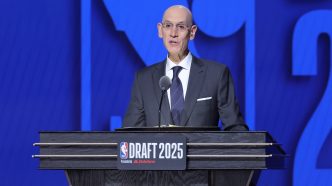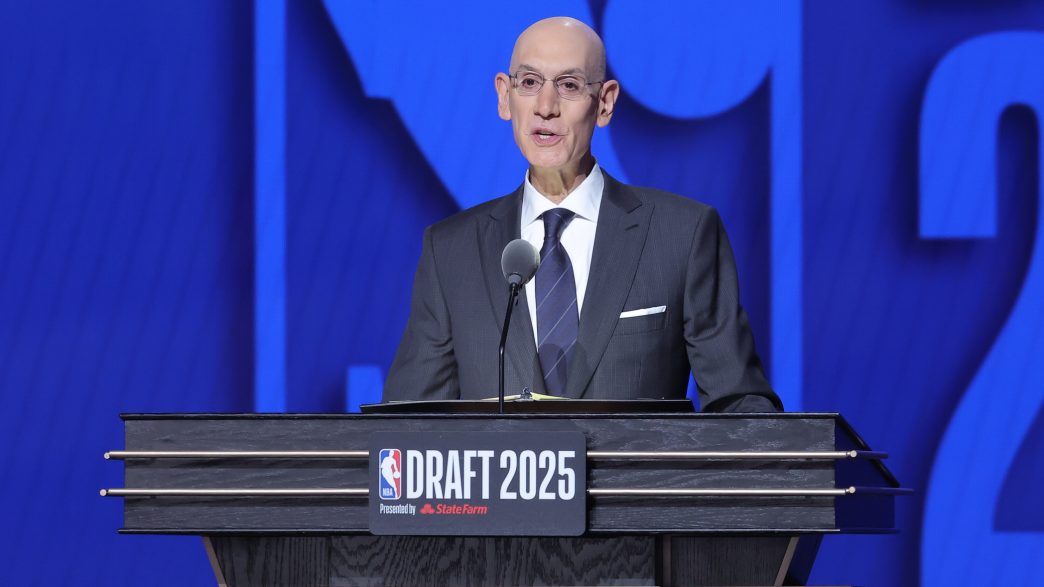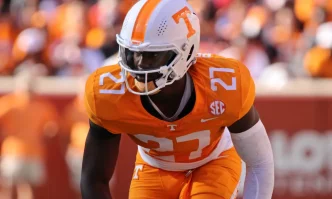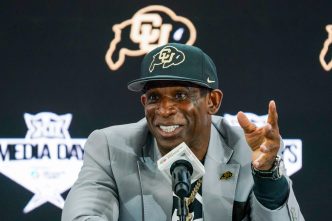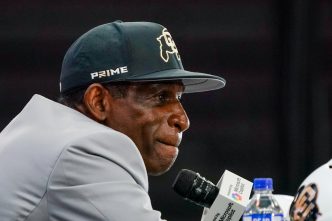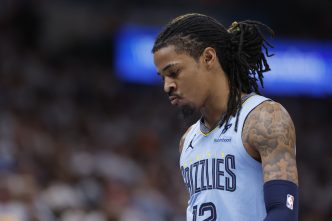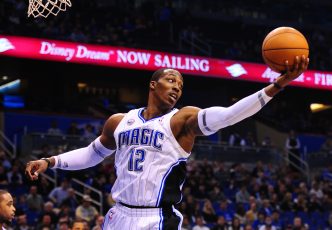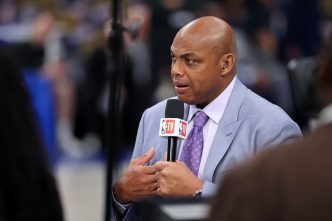Since the NCAA gave the green light for athletes to benefit from their name, image, and likeness (NIL), the landscape for college basketball players eyeing the NBA Draft has seen quite a shift. Back in 2021, a whopping 363 players, including both international and NCAA athletes, tossed their hats into the draft ring. Fast forward to this year, and that number has plummeted to just 106 players – the lowest we’ve seen since 2016. After some reconsideration, 51 non-international players removed themselves from the draft, leaving only 32 in the mix.
What’s fueling this change? Well, college players now have newfound leverage: the ability to make money while still in school. NBA agents are suggesting their clients stay put at college, precisely because of those NIL earnings and fresh revenue-sharing options stemming from the House v. NCAA settlement. Michael Raymond, president of Raymond Representation, highlights that unless a player is almost guaranteed to be a top-30 pick, staying in college is often the smarter choice.
Before NIL, players were eager to grab NBA two-way contracts or Exhibit 10s, without the promise of being picked in the second round. Those two-way deals cap at around $600,000, with G League contracts starting as low as $40,500. College, back then, offered no earnings, making the prospect of turning pro too tempting to resist.
But now, NIL earnings have changed the calculus. For a college basketball program in a power conference to stay competitive, you’re looking at shelling out about $3 million to $4 million altogether. That’s a nice chunk of change, averaging a healthy six figures for each scholarship player. The real stars, those eyeing NBA opportunities, are pulling in seven figures easily. Plus, with the transfer portal, players are shrewdly negotiating for the best possible deals.
As Alex Saratsis, the co-managing director of Octagon Basketball, puts it, unless an NBA team is promising a secure spot, there’s no reason to risk a player’s future. Take UAB’s Yaxel Lendeborg, for example. He was considered one of the standout big men in the NCAA transfer portal. Lendeborg committed to Michigan while simultaneously declaring for the draft, where he was projected for a late first-round pick. In the end, he chose to stay another year in college.
Decisions like Lendeborg’s aren’t isolated. Markus Burton from Notre Dame opted for another year in college ball, and Greek prospect Neoklis Avdalas, after receiving a second-round grade, decided on Virginia Tech over the draft. Saratsis reflects on the scenario succinctly: why not keep cashing in on college earnings and improving your game when possible?
Of course, there are always risks attached. Staying in college means risking injury or a dip in draft stock after an unimpressive season. But the prevailing advice leans heavily towards making the most of these college years.
However, the era of one-and-done isn’t completely over. For top talents like Cooper Flagg, the allure of the NBA is irresistible. Projected as the No. 1 overall pick to the Dallas Mavericks after a standout debut year at Duke, Flagg stands to earn around $14 million just from his NBA salary – not counting lucrative endorsements.
According to Raymond, for some players, the NBA dream just can’t wait. A handful will likely aim for the top 10 draft spots, where the earnings are substantial, or pursue personal ambitions like playing alongside family, a la Bronny James.
For the majority, though, staying in college continues to make sound financial and strategic sense. With the new revenue-sharing setup from the House v. NCAA settlement allowing schools to compensate players directly, grasping control of one’s career has never been more feasible for these athletes. As Saratsis underscores, it’s all about players taking the reins of their futures.

